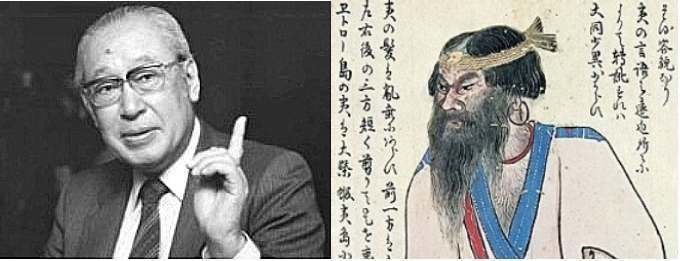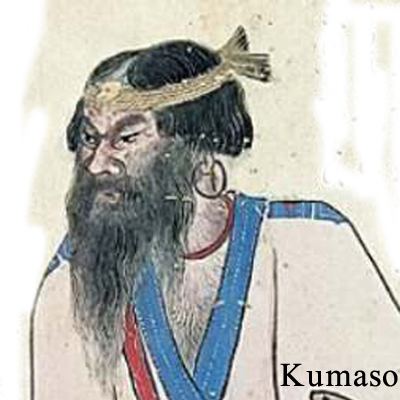Onigiri 8 xhitoblitz kumaso village
The Kumaso (熊襲) were a people of ancient Japan, believed to have lived in the south of Kyūshū until at least the Nara period. William George Aston, in his translation of the Nihongi, says Kumaso refers to two separate tribes, Kuma (meaning "bear") and So (written with the character for "attack" or "layer on"). In his translation of the Kojiki, Basil Hall Chamberlain records that the region is also known simply as So district, and elaborates on the Yamato-centric description of a "bear-like" people, based on their violent interactions or physical distinctiveness. (The people called tsuchigumo by the Yamato people provide a better-known example of the transformation of other tribes into legendary monsters. Tsuchigumo—the monstrous "ground spider" of legend—is speculated to refer originally to the native pit dwellings of that people.) As the Yamato pushed southward, the Kumaso people were either assimilated or exterminated. The last leader of the Kumaso, Torishi-Kaya, aka Brave of Kahakami, was assassinated in the winter of 397 by Prince Yamato Takeru of Yamato, who was disguised for this as a woman at a banquet.
Contents
Geographically, Aston records that the Kumaso domain encompassed the historical provinces of Hyūga, Ōsumi, and Satsuma (contemporaneous with Aston's translation), or present-day Miyazaki and Kagoshima prefectures.

The word Kuma ('Bear') survives today as Kumamoto Prefecture ('source of the bear'), and Kuma District, Kumamoto. Kuma District is known for a distinct dialect, Kuma Dialect.

People of the Kumaso mentioned in the Nihongi

